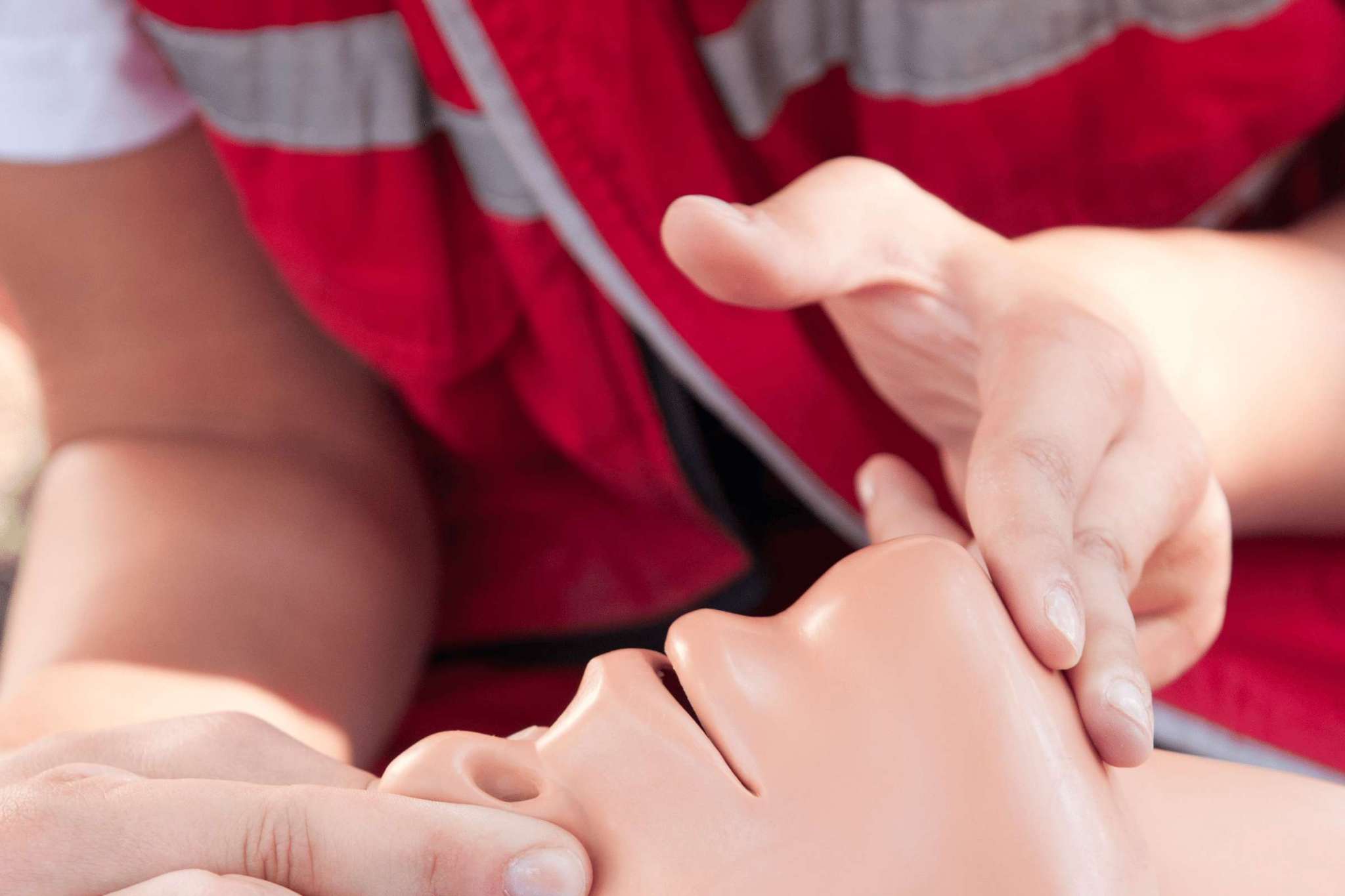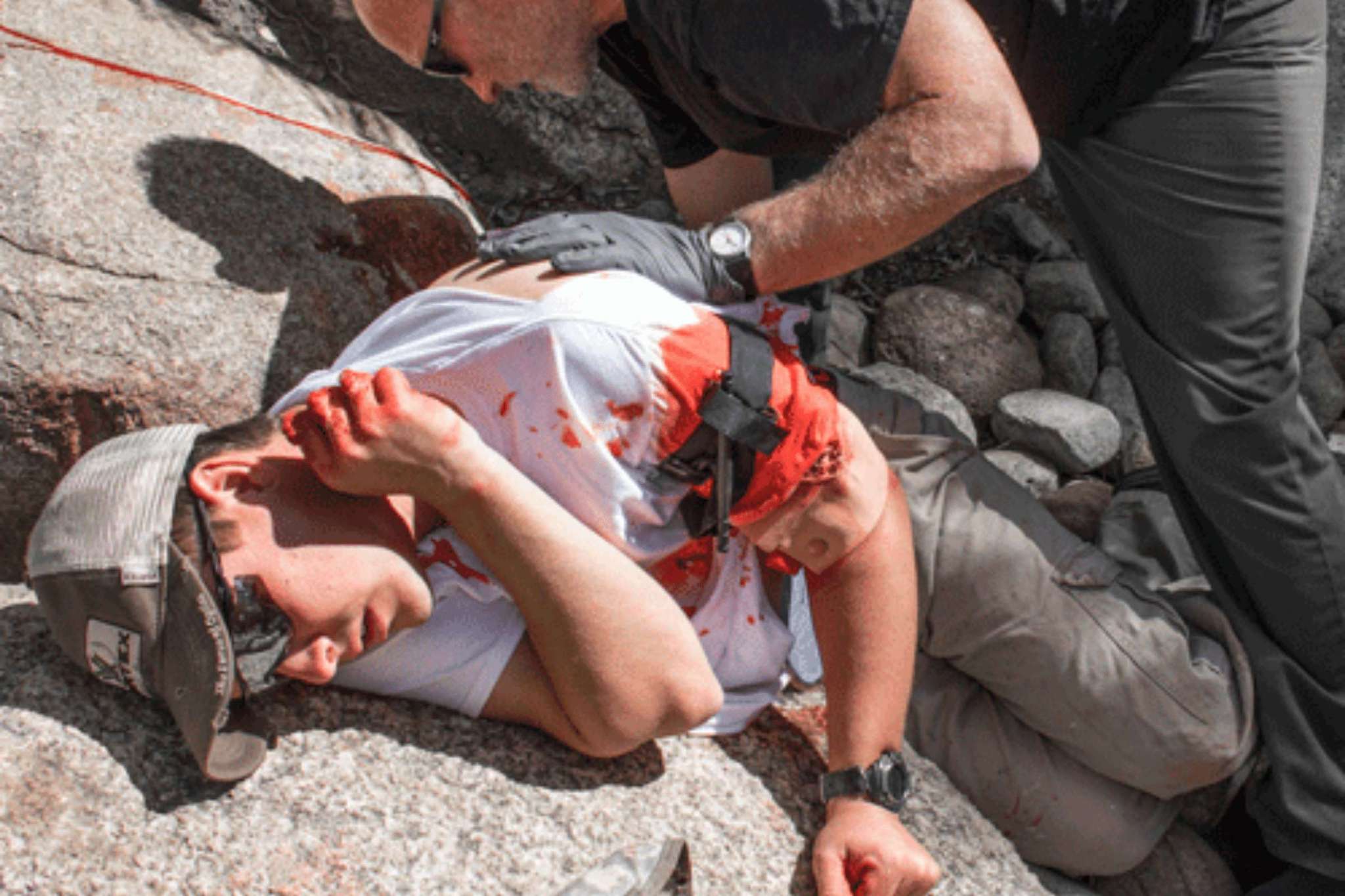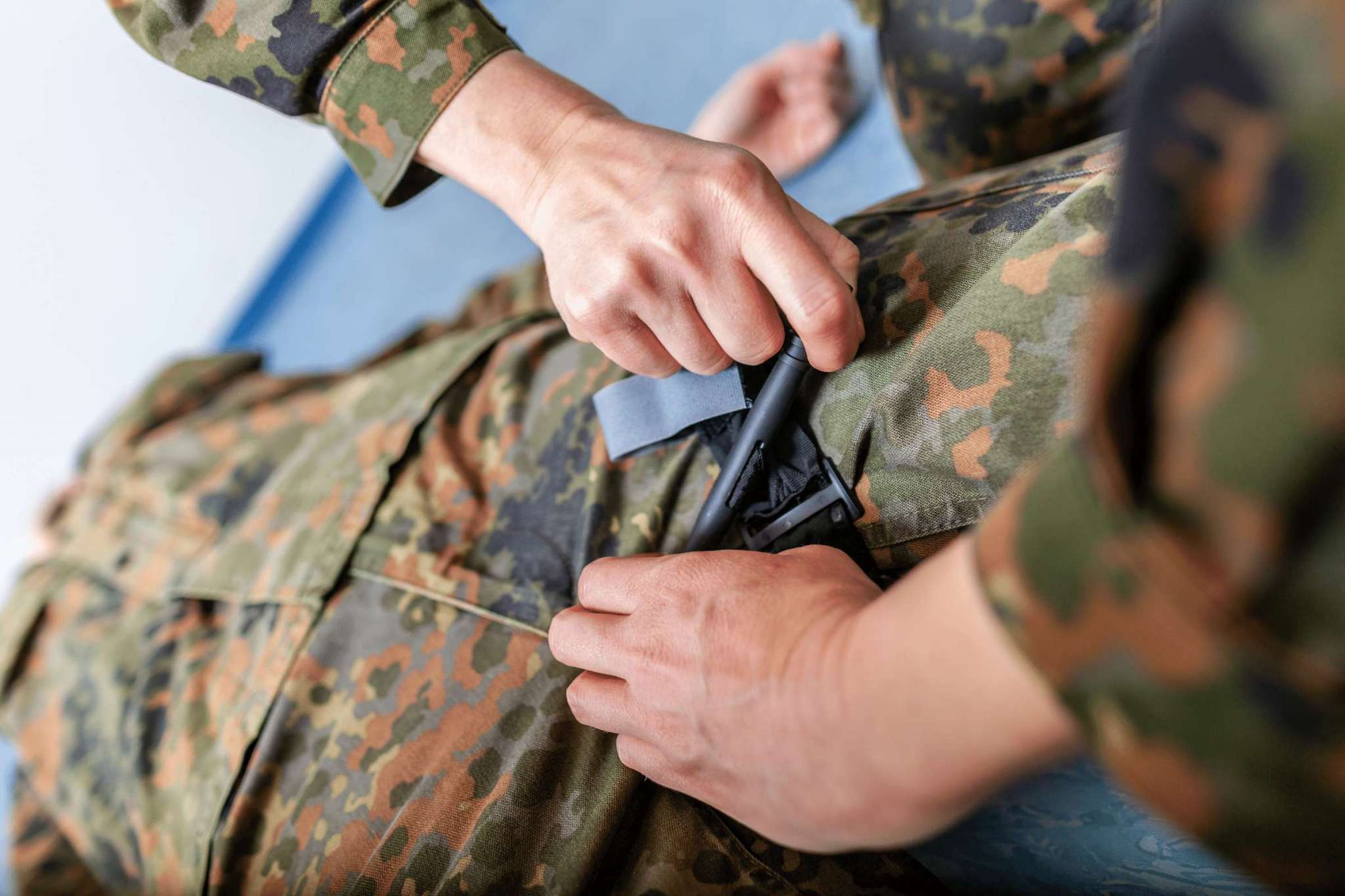Managing a compromised airway and breathing function are two of the primary life threatening issues that a responder should address immediately. As we determine the condition of the casualty we should look in the mouth and at the rise and fall of the patient’s chest, listen for normal breath sounds, and feel if there is hot and moist breath from the patient’s airway to our ear.
Positioning of the airway by placing the patient in an appropriate position such as the recovery position, or the use of airway management techniques such as the head tilt-chin lift, or jaw thrust serve to keep a patient breathing.
Common obstructions of the airway include:
- the tongue
- vomit
- broken teeth/dentures
- foods/toys
- and blood.
These particular obstructions must be managed in order to keep the airway free. It is also a good idea to sniff the airway to see what particular toxins may be present hinting towards a more specific Mechanism of Injury, e.g. clorox, alcohol, etc.
In addition to basic airway maneuvers airway adjuncts like a Naso-Pharyngeal Airway can help a patient’s airway to remain in tact even if swelling, or maxillofacial trauma has occurred. As a word of caution if the patient can manage their own airway allow them to.
Once the airway is open and managed our next significant concern is breathing management. Monitoring your casualty and constantly reassessing their airway and breathing for these signs and symptoms will help you to combat these two often preventable causes of death.




